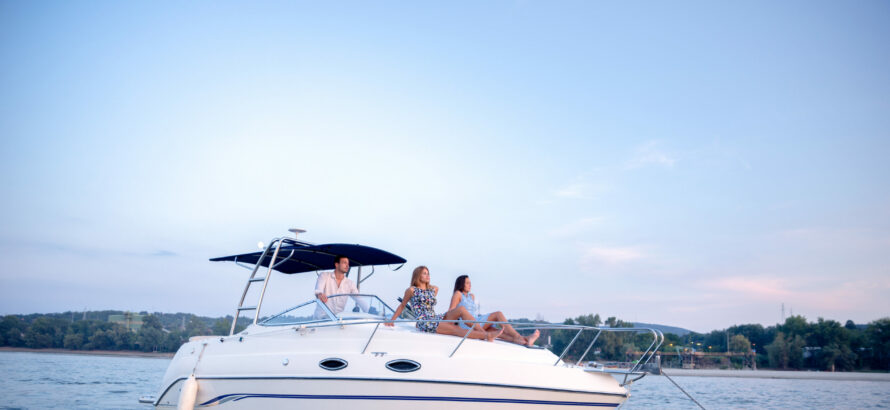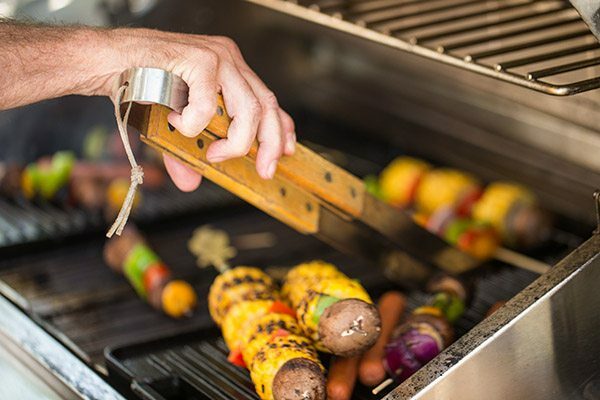10 Essential Boat Safety Tips
Enjoying a day on the boat with family and friends is unbeatable, but it’s important to make sure you don’t forget to prioritize safety while enjoying the waves. Check out...
Read more about 10 Essential Boat Safety Tips





